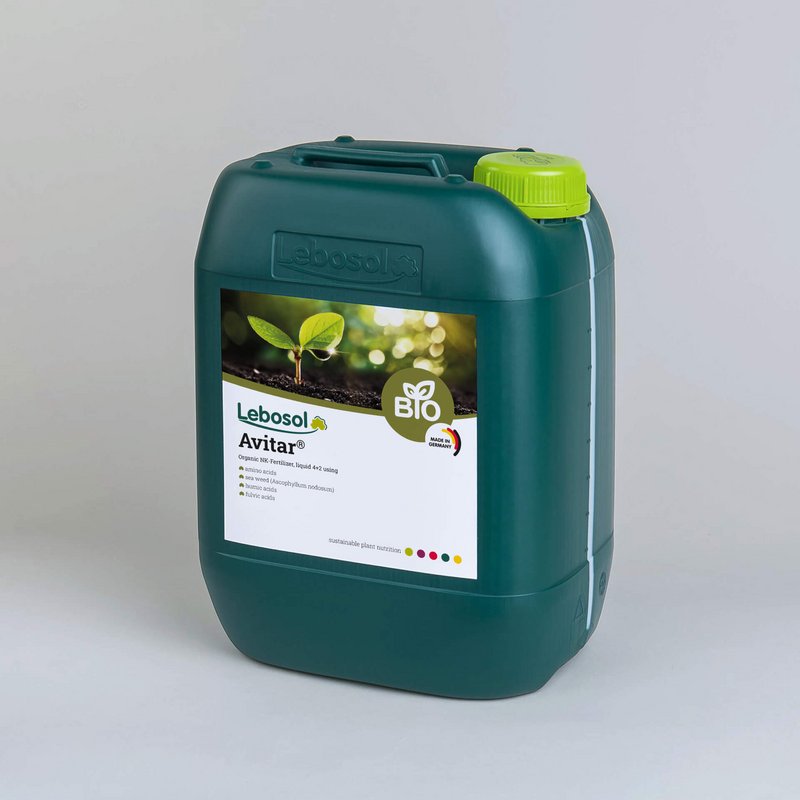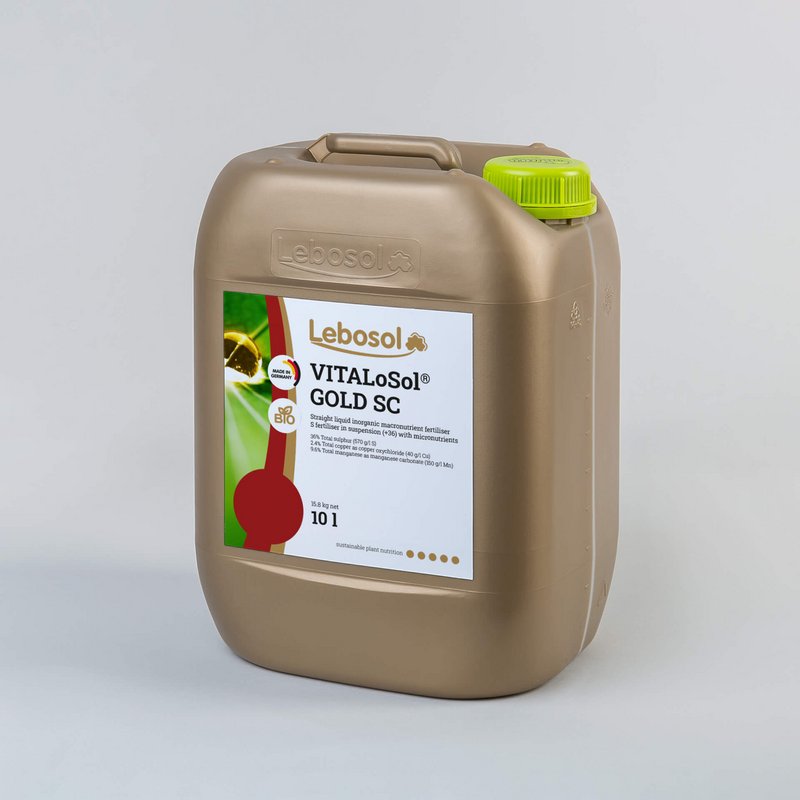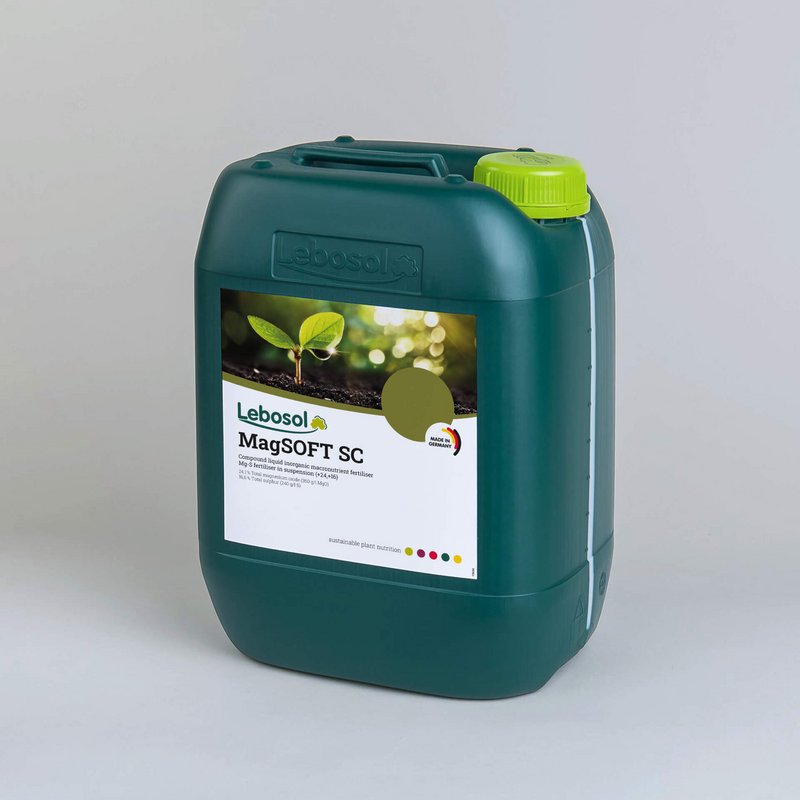Optimal fertilisation of sunflowers
Nutrient supply and leaf analyses
Sunflowers thrive best in warm, dry climates, such as those found in classic grain maize regions. Sunflowers develop an extensive root system, which gives them a good nutrient utilisation capacity. Nevertheless, a lack of nutrients can occur under certain circumstances. Foliar analysis has proven to be an effective tool for the targeted planning of foliar fertilisation. It helps to recognise latent nutrient deficiencies, which can also lead to losses in yield and/or quality, even if there are no visible symptoms of deficiency.
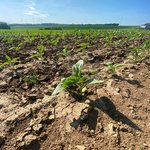
Optimum weed control for sunflowers
Effective use of Herbosol®
Sunflowers are particularly susceptible to competition from weeds and grass weeds up to the 6-leaf stage. Keeping the crop largely weed-free in this phase is crucial for high yields. Herbosol®, an additive to improve the soil herbicide effect, plays a key role here. By reducing the proportion of fine droplets, a more even distribution of the herbicides on the target area is achieved. Herbosol®binds the active ingredient more firmly to the soil particles and thus prevents leaching into deeper soil layers.
The use of 0.4 l/ha Herbosol® is recommended to increase the tolerance of foliar herbicide spraying before/after application. Trials have shown that the effect of soil herbicides in sunflowers is significantly improved by Herbosol® after rainfall.
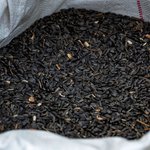
Seed treatment for sunflowers
How can germination and root growth be optimally supported?
A robust start under difficult growing conditions such as wet and/or cold is just as essential for sunflowers as for other crops. A strong root system is crucial for efficient water and nutrient uptake. A seed treatment enriched with essential nutrients supports germination and promotes root growth. This contributes to rapid plant establishment and better adaptability to changing environmental conditions. Avitar® has proven to be a highly effective product in seed treatment.
For optimised youth development of sunflowers, a dosage of 0.5 l/dt Avitar® is recommended for seed treatment.

Essential micronutrient supply
Important micronutrients for healthy growth and high yields
Sunflowers have a high demand for boron, which is particularly important on alkaline, light and sandy soils and in regions with early summer drought. The availability of boron is often limited here. Boron deficiency first becomes apparent on the youngest leaves through honeycomb-like blistering at the edges. Other signs are diagonal cracks on the stem, which can eventually lead to breakage. If the deficiency is pronounced, the vegetation point dies. The flower heads are then often misshapen and contain empty seed pods. A single or double application of Lebosol®-AqueBoron SC 150 from the 4-leaf stage is ideal.
A sufficient copper supply is also essential. Copper deficiency leads to severely inhibited growth, wilting of young leaves and misshapen flowers. Sunflowers require around 100-150 g copper/ha for a high yield.
Manganese plays an important role in photosynthesis and improves assimilation performance, which has a lasting positive effect on yield. Manganese also regulates the fatty acid metabolism and ensures a high oil content. The requirement is 400-600 g/ha, depending on the yield.
VITALoSol® GOLD SC combines the micronutrients copper, manganese and sulphur. A crop-adapted solution for high yields and stable oil content. A 1 to 2 applications with 3 - 5 litres/ha of VITALoSol® GOLD SC from the 4-leaf stage is recommended.

Targeted fertilisation of macronutrients
Which foliar fertilisers should be used in sunflower crops
A balanced nutrient supply ensures that sunflowers grow healthily, produce high yields and are of high quality.
Especially in spring, cold and wet conditions can limit the availability of magnesium and sulphur in the soil. A sufficient supply of magnesium is crucial for the formation of chlorophyll and therefore for high photosynthesis performance, which is essential for high-yielding sunflowers. Sunflowers also have a high sulphur requirement, which must be met for stable yields. Lebosol®-MagSOFT SC can play an important role here to supplement the basic fertilisation of magnesium and sulphur.
We recommend 1 to 2 applications of 3 - 5 litres per hectare of Lebosol®-MagSOFT SC from the 4-leaf stage.



